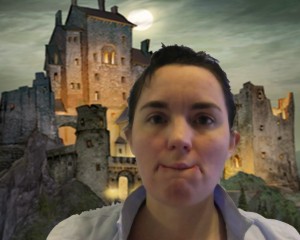Pick up Python by Jeffrey M. Perkel. (Nature 518, 125–126 (05 February 2015) doi:10.1038/518125a)
From the post:
Last month, Adina Howe took up a post at Iowa State University in Ames. Officially, she is an assistant professor of agricultural and biosystems engineering. But she works not in the greenhouse, but in front of a keyboard. Howe is a programmer, and a key part of her job is as a ‘data professor’ — developing curricula to teach the next generation of graduates about the mechanics and importance of scientific programming.
Howe does not have a degree in computer science, nor does she have years of formal training. She had a PhD in environmental engineering and expertise in running enzyme assays when she joined the laboratory of Titus Brown at Michigan State University in East Lansing. Brown specializes in bioinformatics and uses computation to extract meaning from genomic data sets, and Howe had to get up to speed on the computational side. Brown’s recommendation: learn Python.
Among the host of computer-programming languages that scientists might choose to pick up, Python, first released in 1991 by Dutch programmer Guido van Rossum, is an increasingly popular (and free) recommendation. It combines simple syntax, abundant online resources and a rich ecosystem of scientifically focused toolkits with a heavy emphasis on community.
…
The community aspect is particularly important to Python’s growing adoption. Programming languages are popular only if new people are learning them and using them in diverse contexts, says Jessica McKellar, a software-engineering manager at the file-storage service Dropbox and a director of the Python Software Foundation, the non-profit organization that promotes and advances the language. That kind of use sets up a “virtuous cycle”, McKellar says: new users extend the language into new areas, which in turn attracts still more users.
…
Curious what topic mappers make of the description of the community aspects of Python?
I ask because more sematically opaque Big Data comes online everyday and there have been rumblings about needing a solution. A solution that I think topic maps are well suited to provide.
BTW, R folks should not feel slighted: Adventures with R by Sylvia Tippmann. (Nature 517, 109–110 (01 January 2015) doi:10.1038/517109a)
